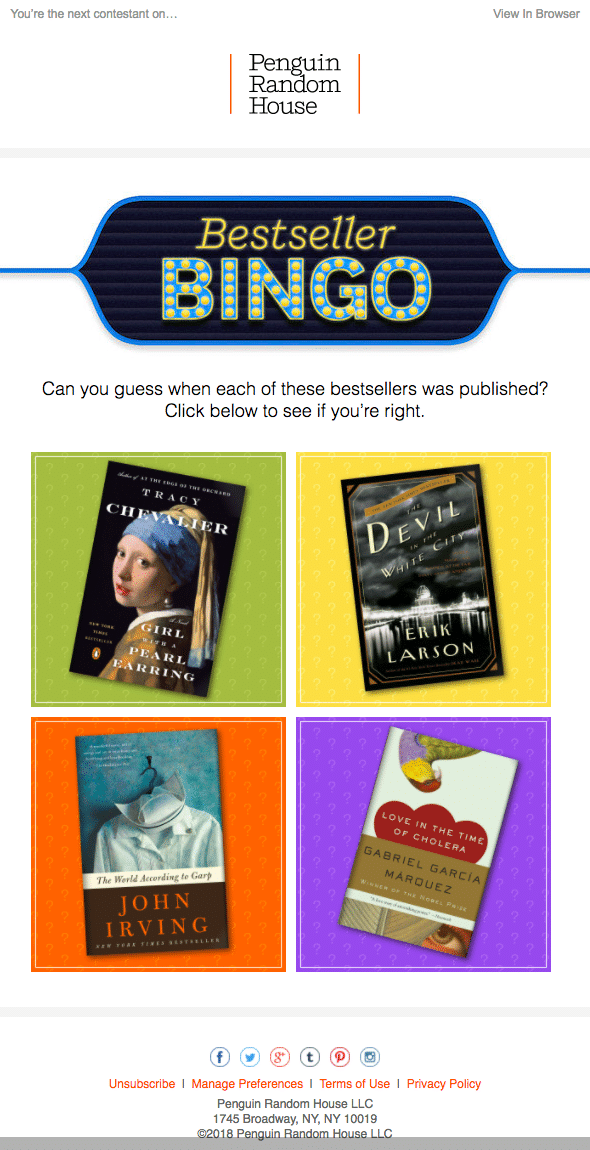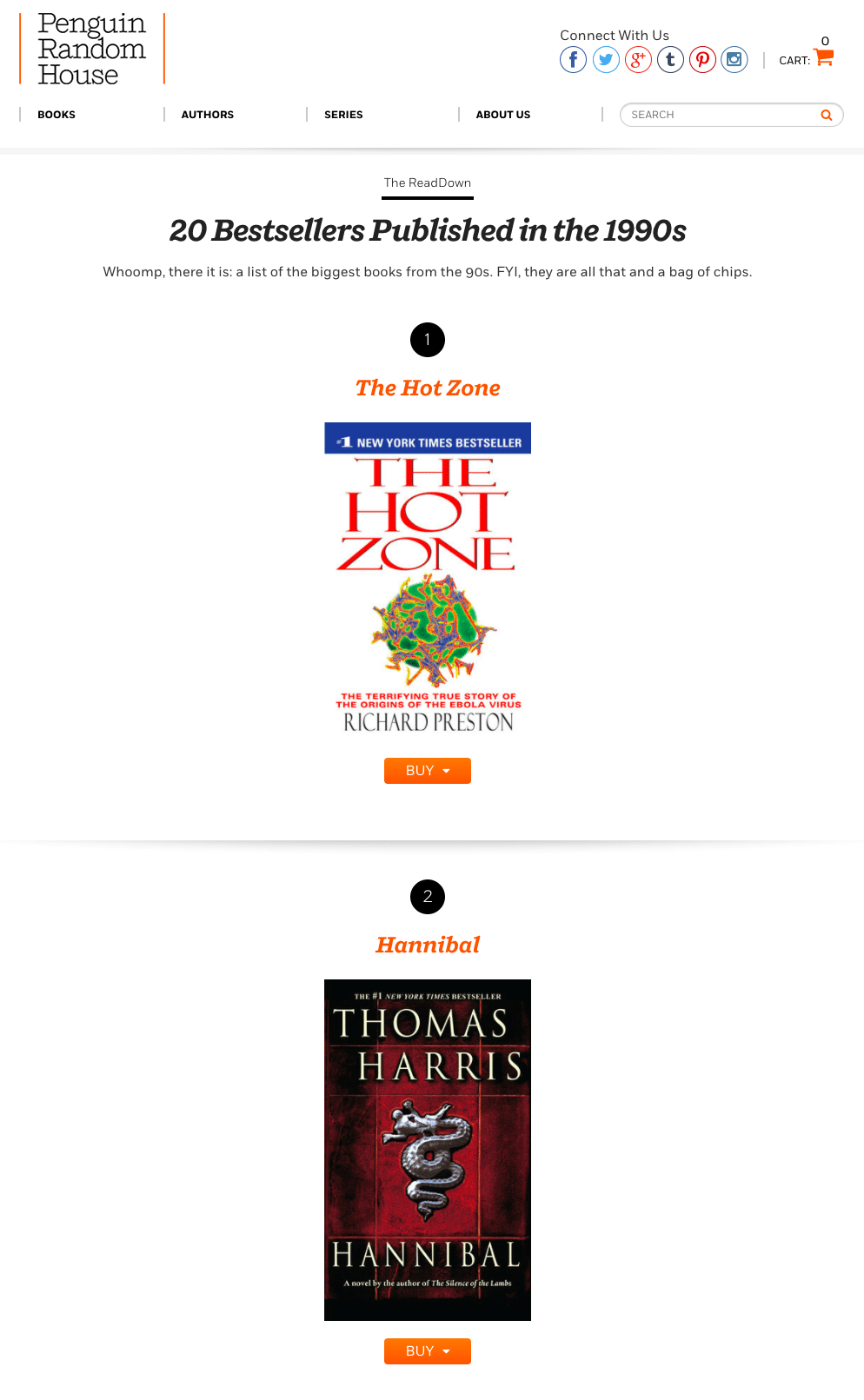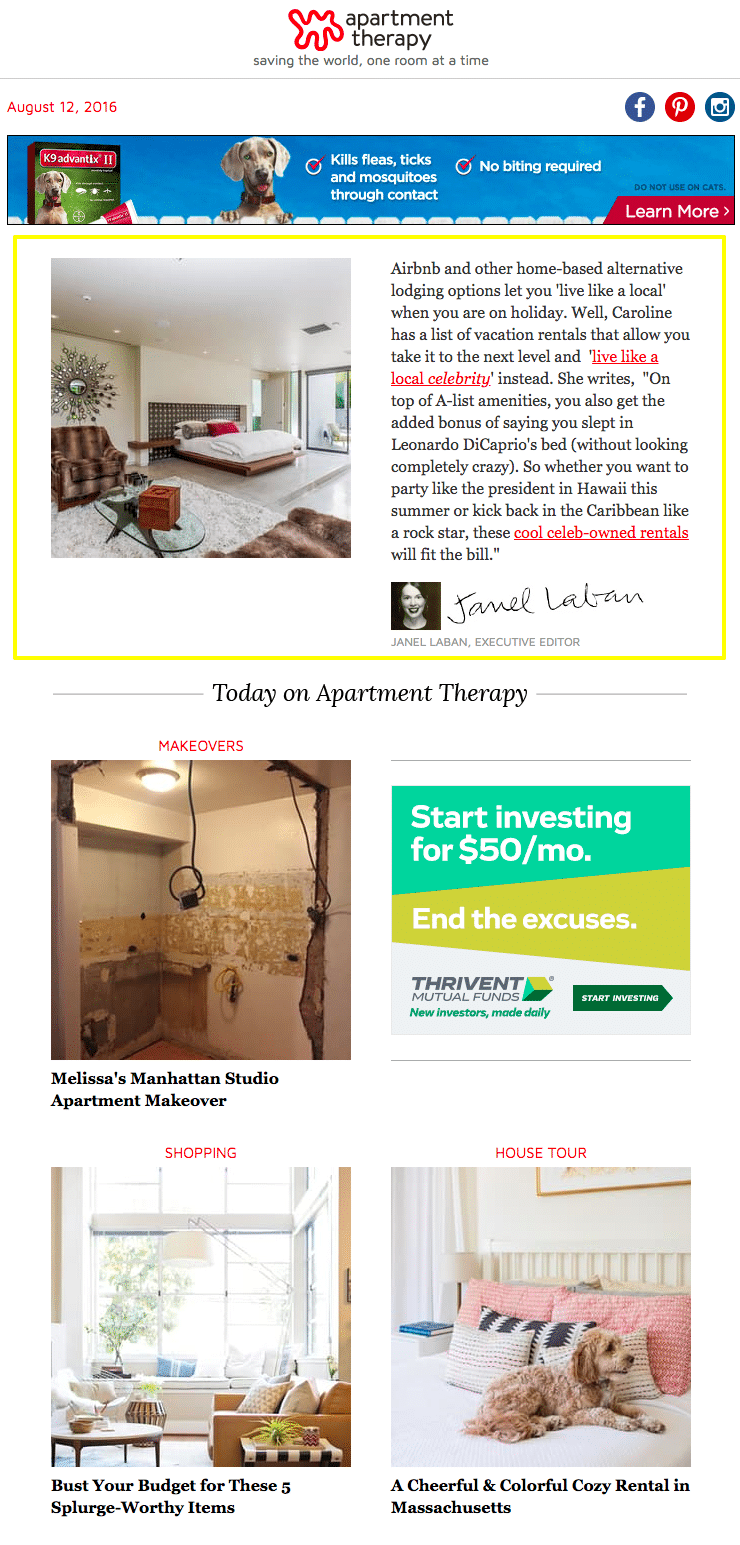3 Ways Publishers Can Drive More Traffic With Email (With Examples)
How do you acquire subscribers to read your work as a publisher? Your website is chock-full of must-read material, but generating traffic to it might be difficult.
Many publications are utilizing email to direct readers to particular articles, but this takes planning. You can’t just send out an email with a few links and expect website traffic to skyrocket. You must first determine your objectives, then examine what you want to promote and go from there.
Do you want to utilize email to drive traffic to your website? Here are three ways publishers may use email to increase traffic.
1. Distribute newsletters that highlight your finest content
Sending out a regular newsletter is one of the finest strategies to generate visitors to your website. A newsletter is an excellent approach to promote your content and encourage users to see certain articles, videos, or infographics.
According to The Content Marketing Institute, some newsletters have an open rate of up to 45%, while the average is in the mid teens to low twenties.
Here’s a wonderful example of a Fashion newsletter. It provides users with a range of content to read, all from a one well-designed email.

Most publishers “tease” one of the newsletter’s highlighted pieces. Fashion, for example, utilized the title “We tested 400 beauty products and THESE were the best of the best” for the mailing above. It’s a captivating subject line that will entice users to open the email.
You may either advertise your greatest piece of newsletter content or the most recent stuff in the newsletter. Consider the following Fashion topic lines, all of which are about the Christmas season:

Send “email games” to be creative
Publishers are becoming imaginative with their mailings to promote website traffic. Penguin Random House, for example, sent an email to subscribers with the subject “Best Sellers Bingo.”

The email invites users to estimate the year in which each book was released. When you hover your mouse over a book title, the publication date shows. It’s a short and fascinating little game for subscribers.
When a subscriber clicks on one of the books, they are transported to a list of books released in that decade and given the option to purchase them. Here’s a screenshot of the webpage to which subscribers are directed:

The publisher has developed a quick route from email to checkout in this situation. A subscriber plays the game, then clicks on the book list, selects a book they like, and checks out. Penguin Random House isn’t simply generating traffic to our website; they’re also driving purchases.
Make it your own
Email personalization may take various shapes. You may add a subscriber’s first name to a subject line or recommend goods based on prior purchases.
However, one publisher discovered a method to provide a personal connection to her audience. Another Campaign Monitor client and publisher, Janel Laben, begins emails with her own description of an item.
The description is brief, but it concludes with Laben’s image and work title. It humanizes the information. It indicates that the material you’re going to read was created by a firm with genuine people who care.

Conclusion
Email is used by publishers to transport subscribers from their inbox to a website. The aim is to advertise your information in an entertaining, easy-to-digest manner and then let subscribers take it from there. Use the suggestions above to maintain a continuous flow of visitors to your website.






Recent Comments